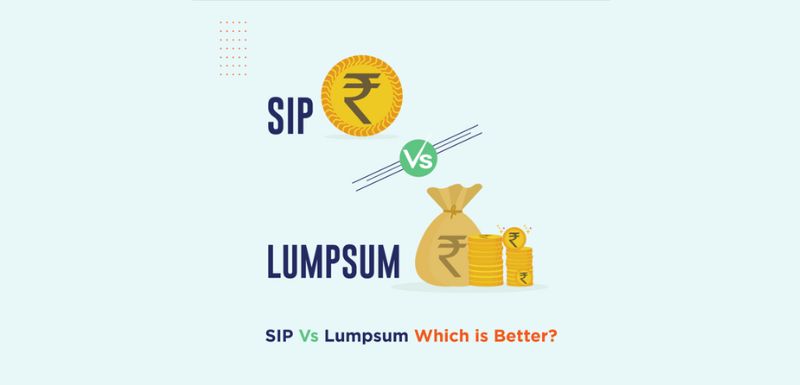Why Mutual Fund SIP’s Work Best For Goal Planning

More and more people are beginning to make use of Mutual Fund SIP’s as a tool for saving for their Financial Goals. Retail investors in the year 2017 pumped in a record Rs 1.3 lakh crore in equity mutual funds. As of December 2017, the industry SIP book is close to Rs. 6,000 crores, with the industry adding over 9 lakh SIP accounts each month on an average, as compared to an SIP book value of Rs. 4,100 crores in January 2017. Here are three good reasons why Mutual Fund SIP’s work best when it comes to Goal Planning.
You Can Tailor Them to Your Time Horizon
Unlike traditional Financial Instruments, SIP’s allow you to precisely tailor your choice of savings tool based on the time horizon remaining to your goal. Mutual Fund SIP’s effectively cover the entire spectrum of investments, ranging from call money, which is a one-day investment to mid-cap stocks, which yield returns over long time frames lasting 7-10 years or more. Traditional instruments such as the PPF or Sukanya Samriddhi Account, offer no such option to tailor make the risk intrinsic to your savings, to the time horizon in question. You can choose ultra-short-term debt funds for a car purchase goal that’s a year away, and Small and Mid Cap Funds for your retirement planning goal that’s thirty years away.
You Have Flexibility and Control Over Your Investments
With Mutual Fund SIP’s, you’ll have complete control over your investments. If you feel that a particular Mutual Fund SIP is underperforming compared to your expectations, you can decide to stop it and start one on a different fund. If you find that the dynamics of your goals have changed (say, you’ll be needing the funds sooner or later than planned), you can choose to redeem your funds or extend your SIP tenure on short notice. You can choose to keep your SIP’s running while rebalancing your accumulated lump sums between equity and debt-oriented funds, based on your tactical market view. In simple terms, Mutual Fund SIP’s will offer you unparalleled flexibility with respect to your goal-oriented savings.
They are Essentially ‘Low Maintenance’F
Mutual Fund SIP’s are your quintessential “shut and forget” goal-based investment. Barring a simple annual review that may entail pruning out some non-performers and stepping up your monthly SIP amounts if there’s the need to do so, there’s precious little that your Mutual Fund SIPs really require in terms of maintenance or management. With SIP’s, all you really need to do is stay the course, and let the natural rhythms of the markets do the work for you. If you’re disciplined enough to stay the course, you’re likely to achieve your goals well within time.
Your Investing Experts
Relevant Articles
SIP Vs Lumpsum Investments: Which Is Better?
Investing towards financial goals can be done in two ways. The first option is to invest a part of the income every month for the long term. The other option is to invest a lumpsum amount once and stay invested for the long term. Both options have pros and cons, and investors often wonder which option they should choose. In this article, we will discuss SIP vs Lump sum, and which approach an investor should take.
A Decade of Investing: Analysing Average SIP Returns in 10 Years
In the last few years, many retail investors have started investing regularly in mutual funds through the systematic investment plan (SIP) route. Also, the stock markets have done well in the last few years. During the Covid pandemic, the Nifty 50 Index fell to levels of around 7,500.
Should I Invest Now or Wait for a Market Correction ?
On 12th June 2024, the Nifty 50 Index hit a new all-time high of 23,441. The small correction on 4th June 2024, resulting from lower-than-expected seats won by the BJP, lasted for just one week or so. With markets touching new all-time highs once again, investors waiting on the sidelines are wondering whether they should invest at these levels or wait for a correction.
.png)


